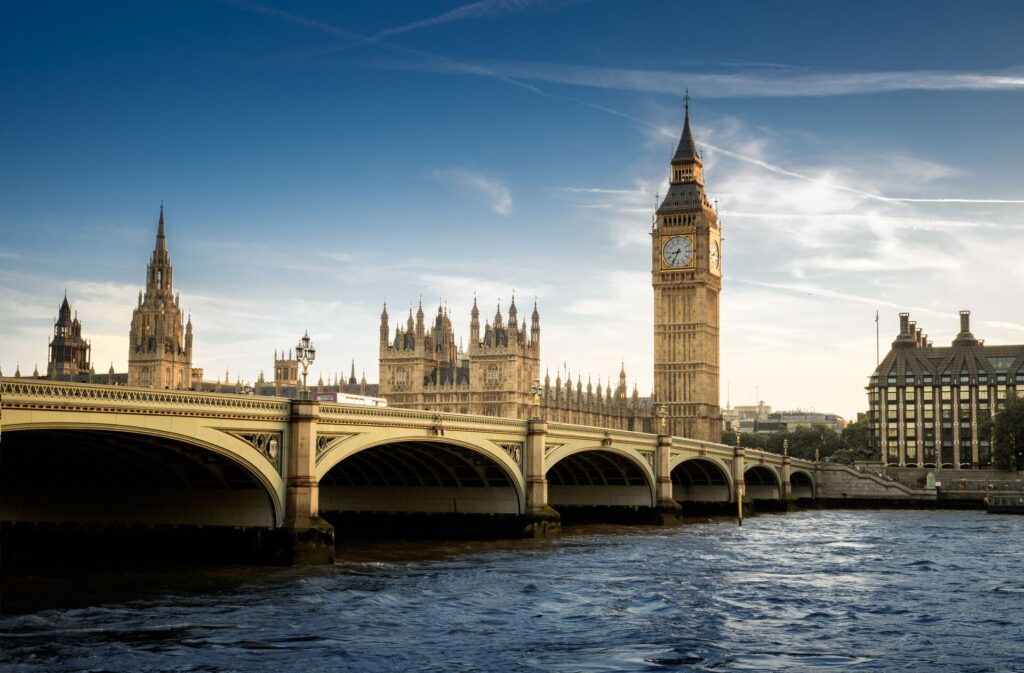Insight Vacations vs Trafalgar: Our Experts Pick Which Brand for Which Occasion
5 Surprising Roman Sites You’ll Discover on a Rhine River Cruise
Often known for its world-famous vineyards, romantic castles and Medieval towns, the Rhine is brimming with culture and history – but beneath the rivers and Riesling, it has centuries of Roman legacy just waiting to be discovered. The best way to explore these storied Roman sites along the Rhine? On a River Cruise with our sister brand, Trafalgar.
If you haven’t already been introduced to Trafalgar, then here’s why you’ll love it – it brings the authentic side of each destination right to you, covering must-see sights to local secrets with the help of Local Specialists and through the power of traditional dishes and delicacies. On Trafalgar’s Best of the Rhine and Amsterdam River Cruise you’ll voyage through the heart of Europe, stopping in cultural icons like Cologne and Strasbourg, and cruise through the romantic Middle Rhine, surrounded by sweeping vineyards and medieval castles.
On board your ship, the Trafalgar Verity, you can relax as Europe’s scenic riverside towns unfold outside your window, exploring the Roman sites of the land by day and sharing your travel stories with newfound friends by night – all while only unpacking once.
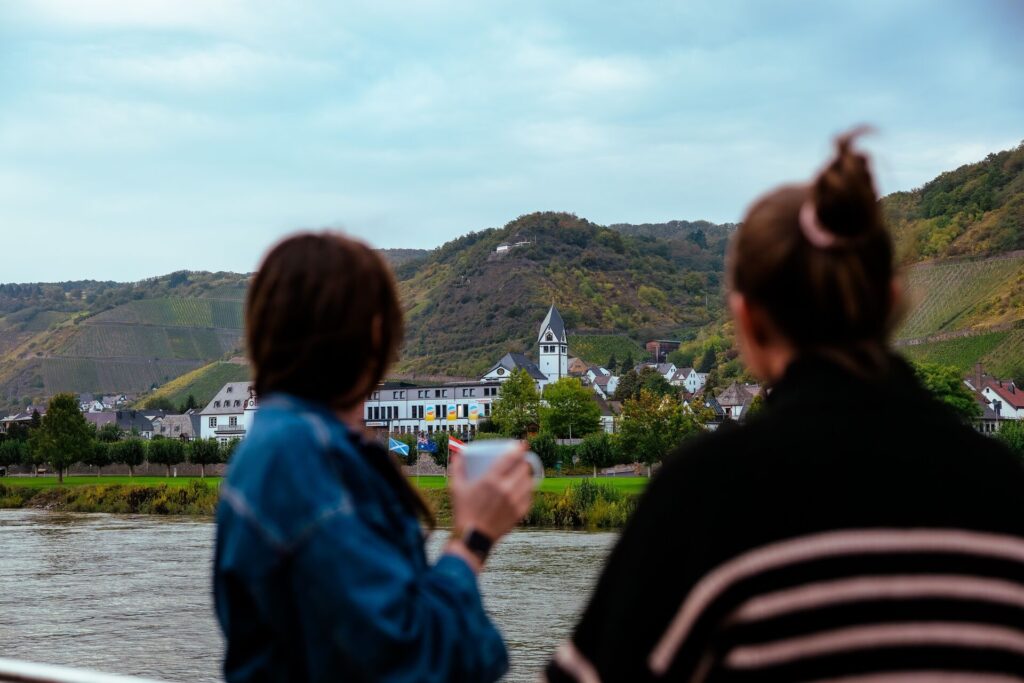
Sail past the sites of the Rhine on a Trafalgar River Cruise
Why are there so many Roman sites along the Rhine?
The Rhine River is 1,230 km (760 mi) long, and between the riverside cities of Trier and Koblenz archaeologists have found the largest concentration of Roman ruins north of the Alps.
The river was vital for the strategic, economic and cultural expansion of Rome – Julius Caesar famously crossed the Rhine in 55 BCE, which saw the Roman Republic begin to grow and eventually become the Roman Empire, helped greatly by the waterways which the Rhine provided. Forts, monuments and entire cities were constructed along its banks, many of which can now be found throughout modern-day Germany and France. The Rhine influenced the Roman Empire, just as much as the Empire influenced the Rhine.
The Rhine marked a large portion of the Roman Empire’s northern inland boundary, and served as a vital waterway to bring trade and goods deep inland for not just the Roman Empire, but many that came after. The various castles and defences built along it, now beautiful landmarks and ruins, are lasting symbols of its prominence and importance.
Over 2,000 years or so many of these Roman relics have been destroyed and rebuilt, but an impressive number of remnants still remain – from the ancient city of Argentoratum in what is now known as Strasbourg, to Romanesque cathedrals in cities like Speyer.
Here are some of the most important Roman sites throughout the Rhineland that you can discover when you travel with Trafalgar, with its River Cruise taking you right to the heart of the action.
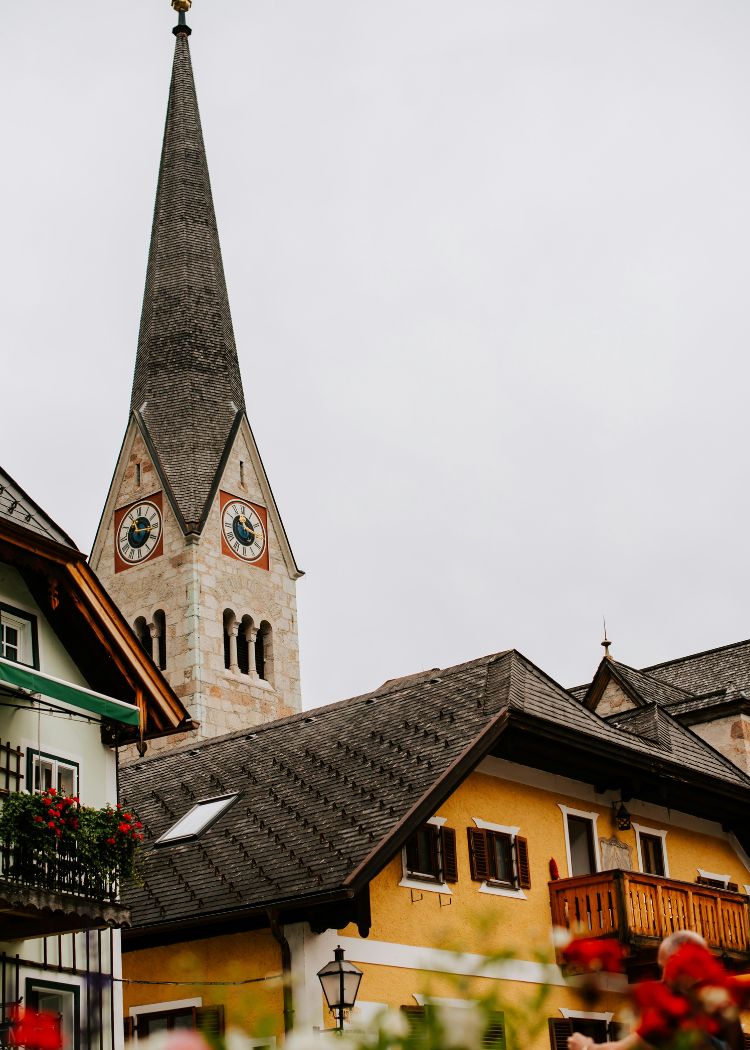
Eguisheim is said to be the inspiration behind the village in Disney’s Beauty and the Beast.
1. Eguisheim
The gorgeous town of Eguisheim is now known for its colorful houses, cobbled streets, and for being the inspiration behind Beauty and the Beast. But rewind back to the 2nd century AD, and it much less quaint – in fact, it was was a prime strategic position for the Roman legionaries under the command of Emperor Diocletian, who established a camp at the base of the Schlossberg.
However, the position of the hills overlooking the Schlossberg Valley wasn’t just favorable for the Roman army; the slopes were drenched in sun and benefitted from a mild climate, leading to the same Roman legion planting the region’s first vineyard.
Recognizing the favorable conditions of the gentle, sun-drenched slopes, they pioneered wine-growing in Alsace by planting the region’s first vineyard! This occurred several centuries before it became the town that is now known as Eguisheim, but certainly helped put it on the map – Eguisheim is often referred to as “the birthplace of the Alsatian vineyard”, known for Riesling and Gewürztraminer grape varieties.
With Trafalgar, you’ll have the chance to travel along scenic vineyard roads to colorful Eguisheim, where it feels as if you stepped into a fairytale as you walk its cobbled streets and past medieval houses. If you have time, why not enjoy a glass of homegrown Riesling?
2. Cologne
Cologne was under Roman rule for around 500 years, from 1 BCE to 5 AD, during which time it was called Colonia Claudia Ara Agrippinensium, which translated from Latin as “Claudius’ Colony near the Altar of the Agrippinians”. We think Cologne (or Köln) is much more catchy.
Roman relics from over 2,000 years ago can still be found among this thriving medieval city (with many sure to still be discovered) – in 1941 the famous 1.5-million-tiled Dionysus Mosaic was discovered, while more recently in 2023 a Roman bathhouse was found at Neumarkt square.
You can see one of Germany’s most impressive collections of local Roman artefacts in the Römisch-Germanisches Museum (now located in the Belgian House on Cäcilienstraße due to renovation work), or simply stroll through its streets to catch site of the Roman old city wall, gates or towers.
With Trafalgar, you’ll get to know Cologne on a walking tour with your Local Specialist, wandering through the historic streets, learning about the city’s past and taking in the vibrant atmosphere of its charming Old Town, with time for your own explorations too should you wish to visit any extra sites.
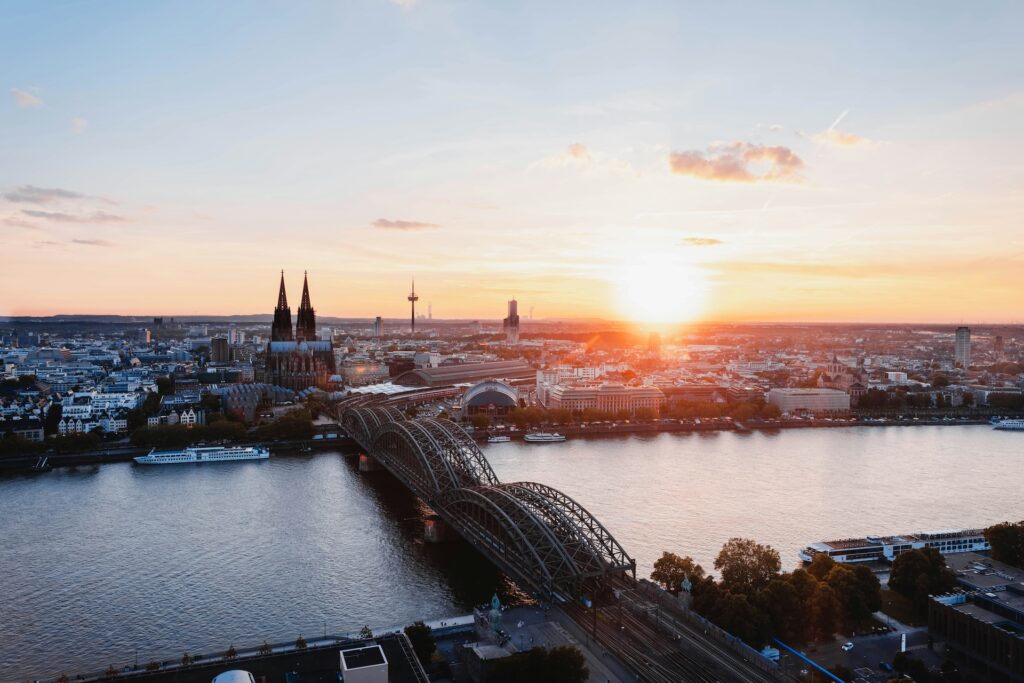
Cologne has around 500 years worth of Roman history to explore
3. Strasbourg
Surrounded by the beautiful Upper Rhine Plain, Strasbourg is known for its Gothic architecture and half-timbered houses, but this French city is sitting on centuries of Roman influence.
It was founded by the Roman Empire in 12 BCE, when it was known as Argentorate (or Argentoratum), and eventually became the home to one of the oldest legions in the Imperial Army which was based there for over 400 years.
While most of the Roman sites have since physically disappeared, a stroll to the Grand Île in the historical centre of the city will place you at the site of the old Roman camp. In 1988, to commemorate the 2,000-year anniversary of the city’s founding as Argentoratum, the island was named a UNESCO World Heritage-listed Site.
Save up to $3,000* per couple on your first Premium Tour
Plus receive latest offers, travel inspiration, and discover how your travels will make a positive impact. Together, WE MAKE TRAVEL MATTER®. Subscribe NowRomanesque architecture gives travelers a taste of what Strasbourg would have been like under Roman rule, in lieu of ancient Roman structures that have stood the test of time. The “Cathédrale Notre-Dame de Strasbourg” is a major landmark of the city, featuring Romanesque influences that were built in 1015, under the influence of the Holy Roman Empire – though from the late 12th to 15th centuries it was partially rebuilt with Gothic influences.
With Trafalgar, you’ll get to delve into Strasbourg’s cultural heart with a Local Specialist who will take you through its charming streets, revealing how history and modern politics mix in this fascinating city.
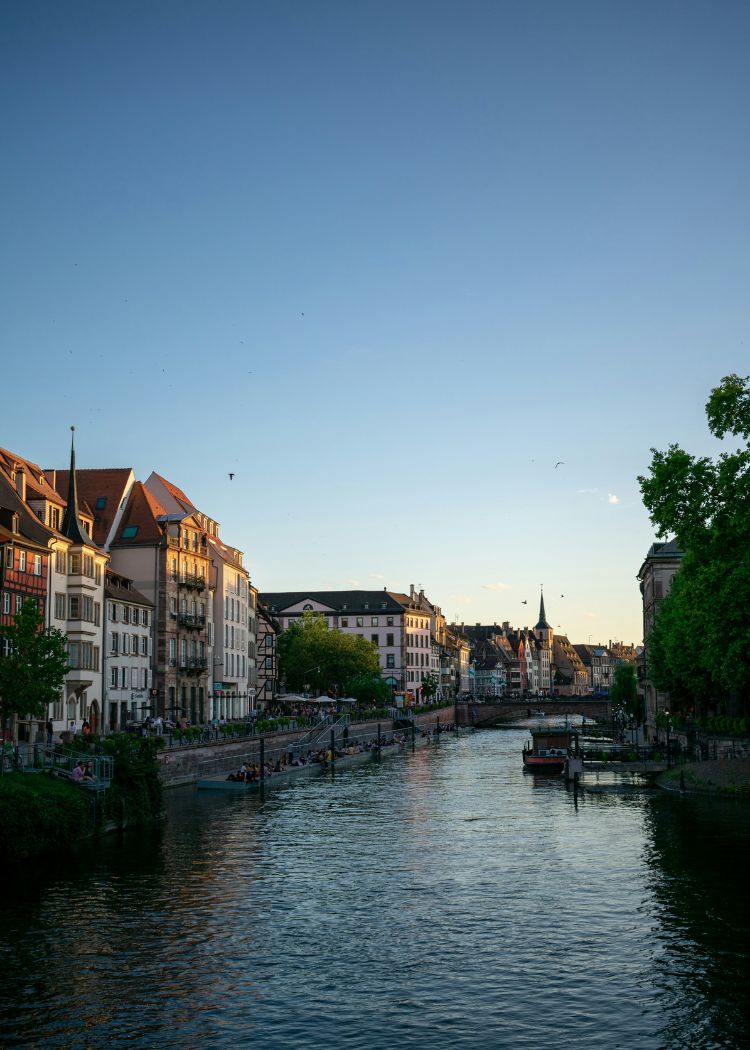
Strasbourg’s Ponts Couverts (Covered Bridges) are the oldest bridges in Europe, dating back to the 14th century.
4. Speyer
Speyer is one of Germany’s oldest cities, founded by the Romans in 10 BCE as a military camp – though it was then known as Noviomagus, and renamed as Civitas Nemetum in the 4th century. In the 5th century, barbarian invasions saw the town completely destroyed, and it was only rebuilt in the 7th century as Spira (which eventually became Speyer).
Speyer played a large role in the Roman Empire as one of its imperial cities. Many emperors and government officials resided here, so we can be sure that many important decisions and policies were made from this powerful riverside city.
You can still see ancient Roman influence and Romanesque architecture: the famous Maximilian Street, one of the region’s key Roman sites, was laid out by Roman soldiersand is now a bustling promenade; while the magnificent Speyer Cathedral is the largest preserved Romanesque church in Europe, holding the tombs of eight Roman Emperors and German kings in its crypt. In the Middle Ages, Speyer was home to one of the largest Jewish communities in the Holy Roman Empire, and its Adenauerpark is a green space dedicated to recreating Roman life.
With Trafalgar, you’ll step ashore in Speyer to join a Local Specialist for a walking tour along Maximilian Street, passing baroque townhouses and visiting a medieval church. You’ll also visit Adenauerpark to uncover the remains of an 11th-century Jewish community, including its ritual baths.
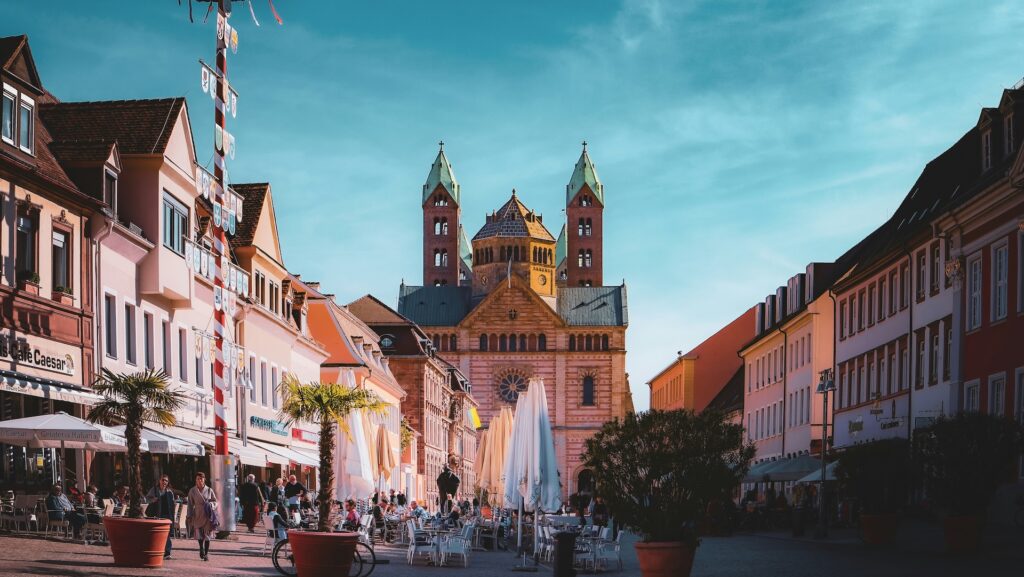
Speyer, one of Germany’s oldest cities
5. Koblenz
One of Germany’s oldest and most beautiful cities, Koblenz’s Roman history began around 8 BCE when it was established as a military fort. At this time it was called Castellum apud Confluentes, meaning ‘fort at the confluence’, which is the origin of the city’s name. The ‘confluence’ refers to the meeting of the Rhine and Moselle rivers, a strategic location for the first Roman fort built on the river.
However, it was more than a military town – it developed into a thriving Roman hub with markets, bathhouses, and workshops serving the fort and region for approximately 500 years until 470 AD.
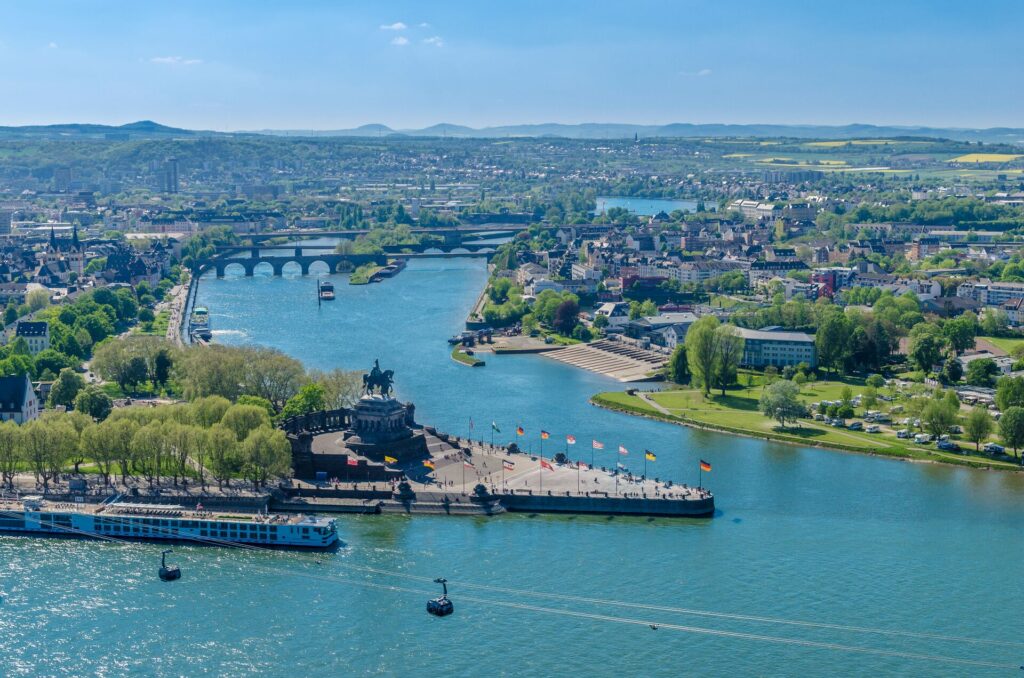
Deutsches Eck, Koblenz
You can see relics of this rule here today in the city’s Roman sites – in the 3rd to 5th centuries a Roman fortification was sited where the Ehrenbreitstein Fortress now stands, while the Deutsches Eck (German Corner) marks the location of the Roman settlement. You can also find Roman remnants at the Old Castle, which was partly built on the ruins of the 4th-century Late Roman city wall. The Romans also built many bridges over the Rhine and Moselle, and while many fell into disrepair, many ‘pile shoes’, oak trunks with iron tips out of which the bridges were made, have been preserved.
On your Rhine River Cruise with Trafalgar, you’ll cruise through the fairytale Middle Rhine and past German Corner, where the Moselle meets the Rhine. On land, join a Local Specialist in Koblenz to go and stand at German Corner, before wandering through the Old Town where you’ll pass historic churches, lively squares and Romanesque architecture.
Discover historic Roman sites on Trafalgar’s Best of the Rhine and Amsterdam River Cruise.

LIKED THIS POST? SHARE WITH YOUR COMMUNITY



